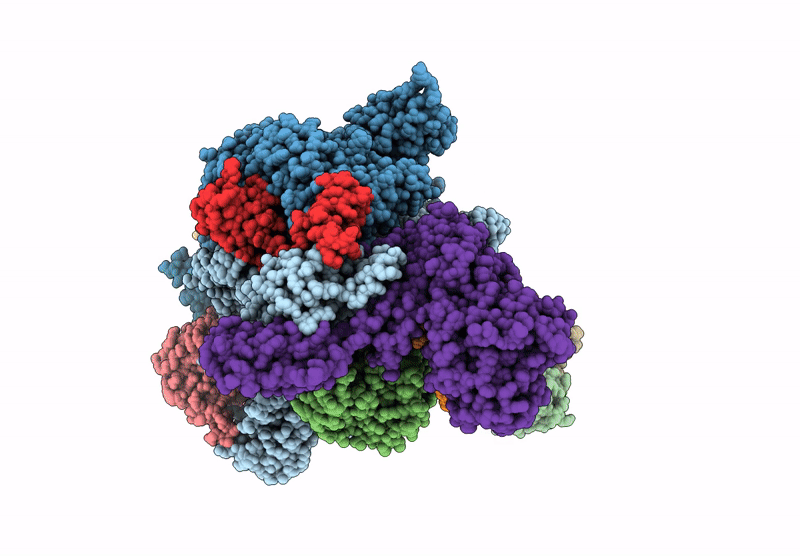
Deposition Date
2024-11-25
Release Date
2025-03-05
Last Version Date
2025-09-24
Entry Detail
PDB ID:
9EI1
Keywords:
Title:
Cryo-EM structure of Human RNA polymerase II Elongation Complex bound to the RECQL5 helicase in the absence of nucleotide
Biological Source:
Source Organism:
Homo sapiens (Taxon ID: 9606)
Host Organism:
Method Details:
Experimental Method:
Resolution:
3.20 Å
Aggregation State:
PARTICLE
Reconstruction Method:
SINGLE PARTICLE


